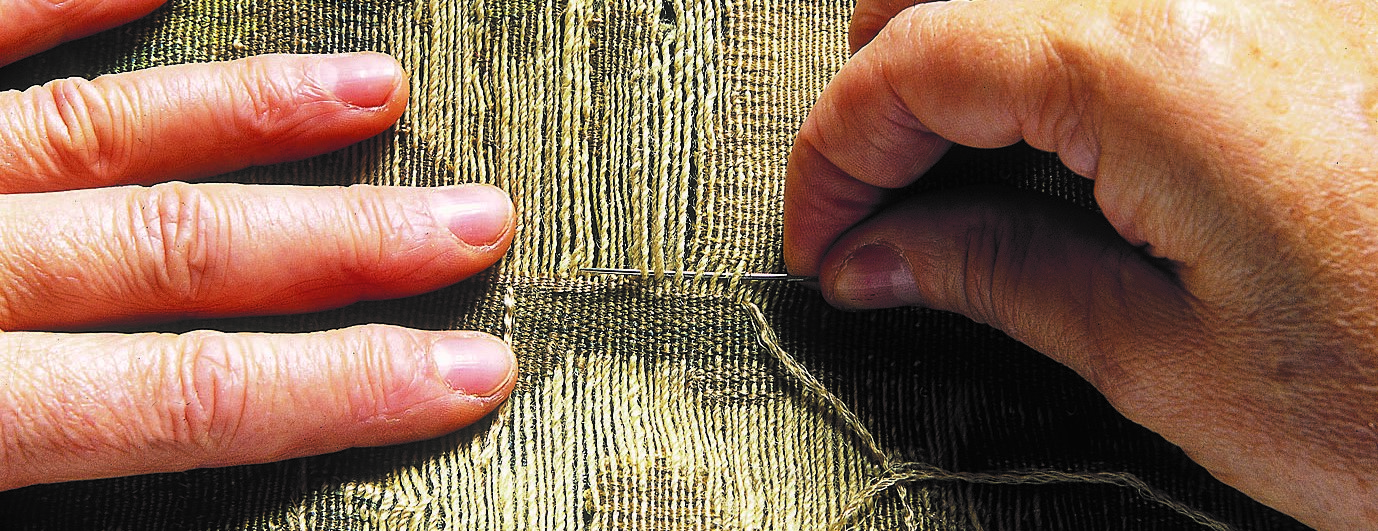THE COLOURFUL VARIETY OF PRINTED FABRICS AND THEIR DESIGNS
Printing on textiles can be defined as the process of transferring colour onto fabric according to a defined pattern, using a variety of printing techniques and machines. All dyes for printing on fabrics must be concentrated to prevent capillary spreading of the colour beyond the boundaries of the pattern.
The craft of fabric printing, a cheaper substitute for expensive silk brocades from the Orient and Italy, became more widespread in subsequent centuries. In the 17th century, the East India Company regularly imported printed and plain cotton for the English market, and the French brought samples of prints from their colonies on the east coast of India, along with details of the printing processes used there. Thus, in the second half of the 17th and early 18th centuries, many manufactories were set up in England, France, Germany, Switzerland, and Austria to produce printed cotton. The invention of Thomas Bell, who built the first fabric printing machine with a copper rotating roller in Scotland in 1783, also contributed to the further development of the craft, but it was not until a few decades later that mass production of fabrics printed in this way became widespread. Initially, only one colour was used, but in the second half of the 19th century, richer designs could be printed with as many as eight colours at the same time. The development of textile printing in Europe exploded in the last century, with a wide range of printing methods leading up to modern printing, including digital printing, which began to develop in the late 1980s. The exact chronological origins of printed textiles are unknown, but sources point to their existence in India and China as early as the 4th and 3rd centuries BCE. From there, the textiles spread to the Black Sea, the Mediterranean, and Egypt. The earliest known printed fabric, a 4th-century children’s tunic printed with simple patterns, was excavated at the Ahmim burial site in Upper Egypt, and the earliest block for printing patterns on silk, dating from the 2nd century BCE, has been preserved in China. In Europe, the first known printed fabric from the 6th century was found in Arles, France, but it may be of Egyptian origin, and a block made of walnut for printing on textiles from around 1370 was discovered near the monastery of La Ferté-sur-Grosne. At that time, the craft of printing on textiles using wooden blocks was already well established in Italy, as can be seen from a book by the Italian artist Cennino Cennini entitled ‘Il Libro dell’Arte’, written around 1400, in which, among other things, he gave instructions on how to print on cloth and how to create suitable inks for printing.

